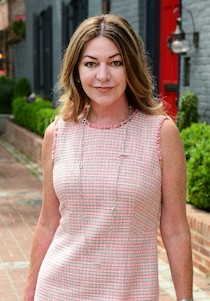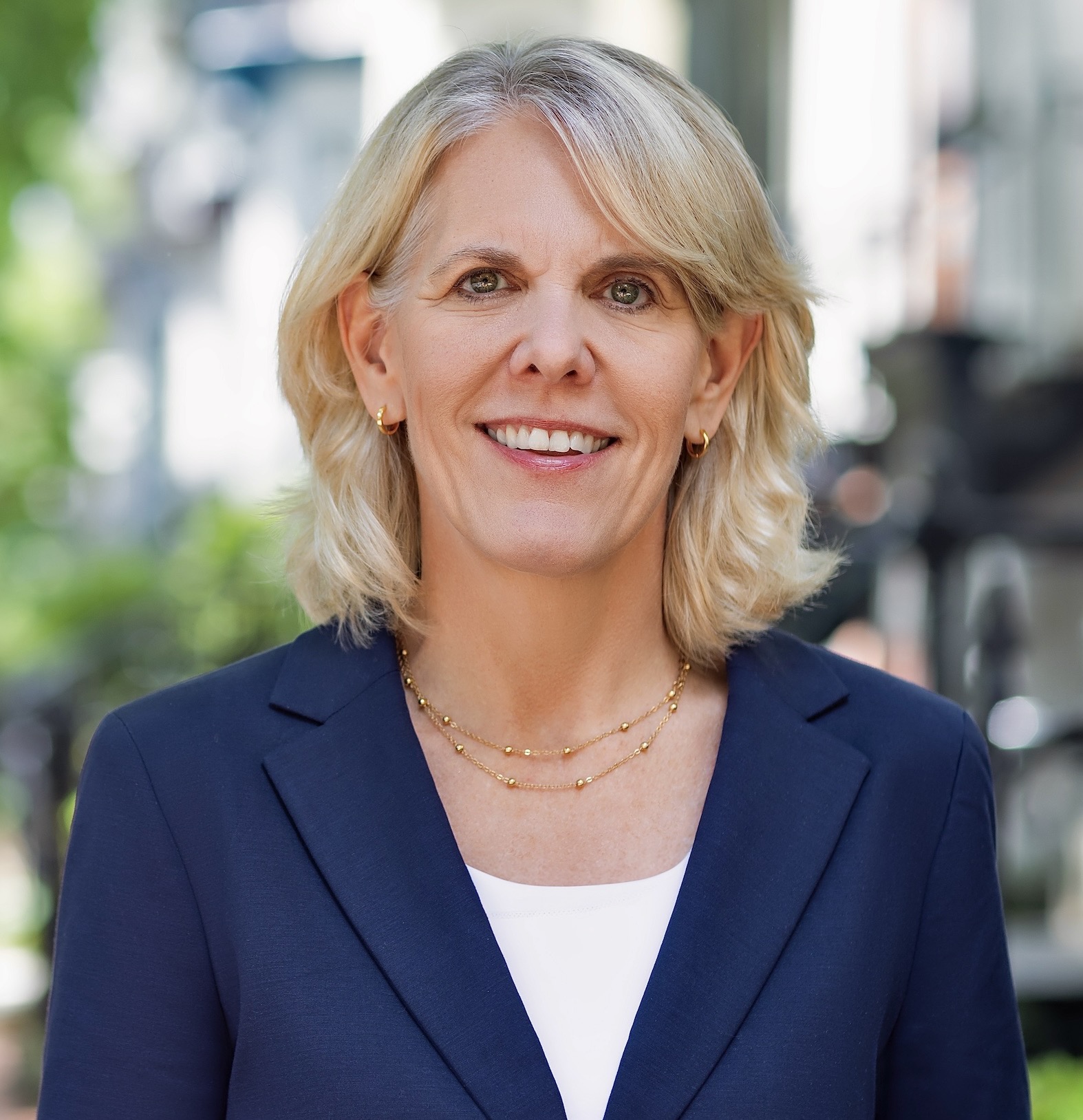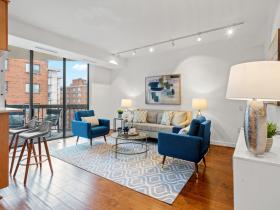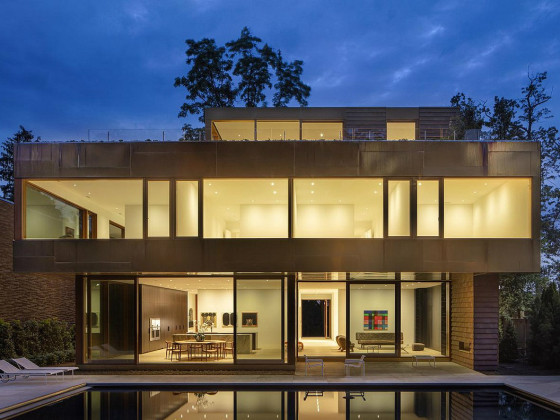 Flash Mobs and Surveys: How Residents Influence Neighborhood Retail
Flash Mobs and Surveys: How Residents Influence Neighborhood Retail
✉️ Want to forward this article? Click here.
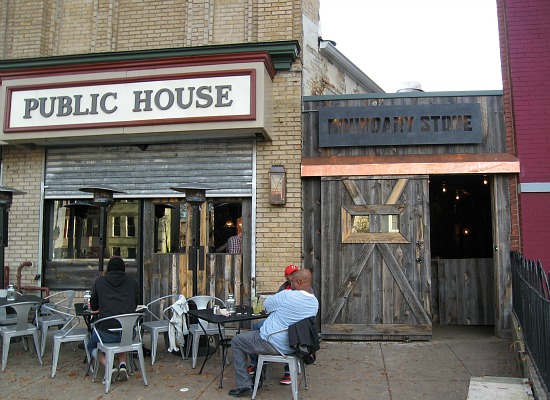
Boundary Stone
Last Wednesday at 5:30pm, 15 residents of DC’s Woodridge neighborhood entered the Bloomingdale bar Boundary Stone wearing t-shirts that read “Friends of Rhode Island Avenue.” They chatted with the bartenders, spent money, and left calling cards that said “If you build it, we will come.”
The purpose? Convincing the owner to open up shop in Woodridge, which has a dusty commercial strip a couple miles away on Rhode Island Avenue.
While Woodridge’s housing stock has been attracting DC residents on the hunt for a reasonably-priced home for some time, the retail options are essentially non-existent. Friends of Rhode Island Avenue (FoRIA), a community group from the neighborhood, believes that their so-called “Rhode Trips” will be a good way to convince appealing retailers around the District to move up their way. The trip to Boundary Stone was the group’s first attempt.
FoRIA President Kyle Todd chuckled at the notion that the trip is akin to a flash mob. “Hopefully we’re a kinder, gentler flash mob,” Todd told UrbanTurf. “And a flash mob with money.” The desired outcome, said Todd, is to communicate to retailers that Woodridge residents have the money and desire to support a business like the one they are descending upon.

Rita’s, one of Woodridge’s few retailers.
In a city where the transitioning tag is passed to a new neighborhood every few months, many residents of areas with potential are taking to innovative methods, such as the Rhode Trip, to see if they can persuade appealing businesses to come their way.
Todd recognizes that the owners of Boundary Stone may not actually be able to set up a new bar in their neighborhood, but their inaugural Rhode Trip helped the organization get a better sense of how the strategy may work in the future. FoRIA generated a long list of needs from the results of a 300-resident survey — dry cleaners, office supply stores and coffee shops — and plan on strategically approaching existing businesses with information about available vacancies and contact information of real estate agents who work with those properties.
But will it work?
“It’s not enough for people to just want something,” said Ben Miller, the founder of Popularise, a website that allows residents to vote and comment on what businesses should occupy available addresses around DC. “Other factors need to be brought into the equation, like money and the quality of the operator. The most popular idea isn’t always the best operator.”
However, Miller believes that the sort of engagement that FoRIA is generating amongst its residents is powerful if it can be properly communicated to the right entrepreneurs, landlords and developers. Often, entrepreneurs don’t know exactly where the demand is, he said. “Can we make the demand more explicit by partnering with a neighborhood and giving them an online platform?” wondered Miller.
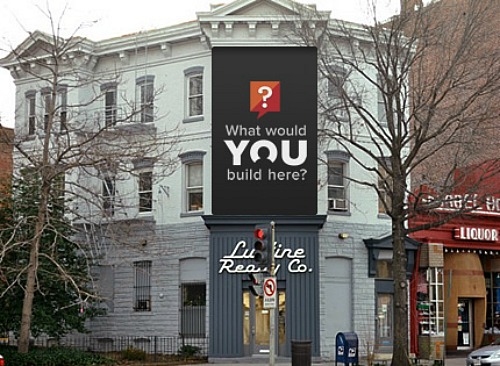
One of Popularise’s highlighted properties on the 14th Street Corridor.
Possibly. In the meantime, FoRIA and other neighborhood groups are still plugging away in a grassroots fashion. The Georgia Avenue Community Development Task Force, an organization similar to FoRIA that is focused on lower Georgia Avenue NW near Howard University and Pleasant Plains, is holding a Community Review meeting on August 11th. “Tired of that vacant lot on your block? Have ideas for interesting new retail or services?” asks the flyer.
In addition to planning Rhode Trips, FoRIA is eager to attract businesses with other efforts, like their upcoming fall festival in September. The scant businesses that exist, like Rita’s Italian Ice and Art Enables, will open their doors, vendors and artists will fill the strip, and FoRIA hopes that entrepreneurs will come to check out the vacancies. The organization also has ties to the Greater Washington Hispanic Chamber of Commerce and the Washington Area Community Investment Firm and is building a Board with experience in revitalization.
So can residents ultimately impact what retail goes up in their neighborhoods? One idea that Miller floated would require a bit of risk on the part of residents, but would guarantee that they get the businesses they want.
“There should be a model where neighborhoods come together and actually own commercial real estate,” thinks Miller. “They need to pool capital and take power into their own hands. If they are right, they profit from it. It’s a new kind of community development, almost like it was 100 years ago. What I’m saying sounds really dreamy, but I think it’s very feasible.”
See other articles related to: foria, georgia avenue, popularise, woodridge
This article originally published at https://dc.urbanturf.com/articles/blog/flash_mobs_and_online_polls_how_residents_influence_neighborhood_retail/5826.
Most Popular... This Week • Last 30 Days • Ever

The Rivergate listing in Alexandria traded hands for $9 million just before New Year'... read »

With frigid weather hitting the region, these tips are important for homeowners to ke... read »

Today, UrbanTurf offers a brief explanation of what it means to lock in an interest r... read »

The 30,000 square-foot home along the Potomac River sold at auction on Thursday night... read »

An application extending approval of Friendship Center, a 310-unit development along ... read »
- Nearly $1 Million An Acre: Pricey Land Sale Near Dan Snyder's Alexandria Home Closes Out 2025
- Seven Ways to Prevent Your Pipes From Freezing
- What Does It Mean to Lock in Your Mortgage Rate?
- Dan Snyder's Former Potomac Home Auctioned For $13.26 Million
- 310-Unit Development Pitched In Friendship Heights Will Be Delayed
DC Real Estate Guides
Short guides to navigating the DC-area real estate market
We've collected all our helpful guides for buying, selling and renting in and around Washington, DC in one place. Start browsing below!
First-Timer Primers
Intro guides for first-time home buyers
Unique Spaces
Awesome and unusual real estate from across the DC Metro

